The MedChem Lab Milestones
- Federica Piaggi wins “Ing. Giacomo Bonaiuti” prize by Bracco Foundation

- Patent selected to participate to the Meet in Italy for Life Sciences brokerage event

- Dr Valeria Cavalloro received the prize awarded by Indena at the ISSNP International Summer School on Natural Products 4th Edition

- Dr Roberta Listro wins the prize for the best poster at PEVM2021 (Paul Ehrlich)
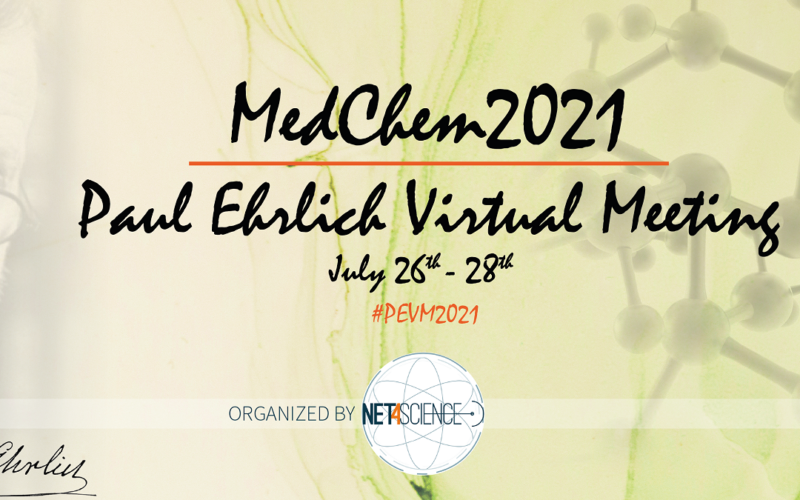
- Patent of the University of Pavia selected for the event Biovaria, Munich 8-9 May 2019
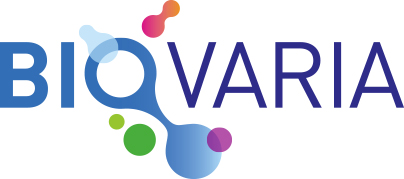
Congress and dissemination
- 118° Congresso della Società Botanica Italiana

- Convegno Nazionale della Divisione di Chimica dei Sistemi Biologici 2023
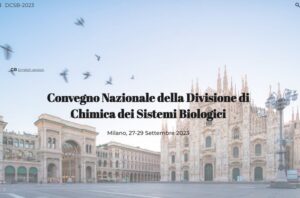
- 33rd International Symposium on Chirality

- Physiopathology of Sigma-1 Receptors

- Oral presentation at 6th EuChemS Conference on Green and Sustainable Chemistry
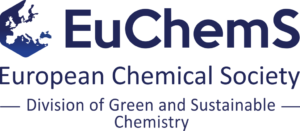
- Poster and Flash presentation contributions to congress MedChem2023 -Paull Elrich

- 62° SIMPOSIO AFI _ La Filiera della Salute: motore di sviluppo per il Paese
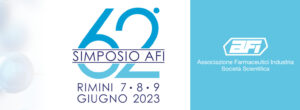
- Two oral contributions to ICNPU-2023, 5th International Conference of Natural Products Utilization: from Plants to Phamacy shelfs

- Oral and Flash presentation contributions to 30th SCT- Young Research Fellows Meeting

Publications
- Identification of a novel extracellular inhibitor of FGF2/FGFR signaling axis by combined Virtual Screening and NMR Spectroscopy approachPagano, K.; Listro, R.; Linciano, P.; Rossi, D.; Longhi, E.; Taraboletti, G.; Molinari, H.; Collina, S.; Ragona, L. (2023) Bioorganic Chemistry, 106529 DOI: 10.1016/j.bioorg.2023.106529 ABSTRACT: The aberrant activation of the fibroblast growth factor 2 (FGF2)/fibroblast growth factor receptor (FGFR) signalling pathway drives severe pathologies, including cancer development and angiogenesis-driven pathologies. The perturbation of the FGF2/FGFR axis via extracellular
- Continuous-Flow Technology for Chemical Rearrangements: A Powerful Tool to Generate Pharmaceutically Relevant CompoundsAlfano, A.I.; Pelliccia, S.; Rossino, G.; Chianese, O.; Summa, V.; Collina, S.; Brindisi, M. (2023) ACS Med. Chem. Lett.14(3), 326–337 DOI: 10.1021/acsmedchemlett.3c00010 ABSTRACT: The efficacy, safety, and scale-up of several chemical rearrangements remain unsolved problems due to the associated handling of hazardous, toxic, and pollutant chemicals and high-risk intermediates. For many years batch processes have been considered the only possibility to drive
- Photo-Flow Technology for Chemical Rearrangements: A Powerful Tool to Generate Pharmaceutically Relevant CompoundsAlfano, A.I.; Pelliccia, S.; Rossino, G.; Chianese, O.; Summa, V.; Collina, S.; Brindisi M. (2023) ACS Med. Chem. Lett. DOI: 10.1021/acsmedchemlett.3c00072 In recent years, photochemistry has increasingly emerged as an enabling methodology in both academia and the pharmaceutical industry. Long photolysis times and the gradual reduction of light penetration remained for many years unsolved issues for photochemical rearrangements,
- Structural Insights into the Ligand–LsrK Kinase Binding Mode: A Step Forward in the Discovery of Novel Antimicrobial AgentsListro, R.; Milli, G.; Pellegrini, A.; Motta, C.; Cavalloro, V.; Martino, E.; Kirchmair, J.; Pietrocola, G.; Rossi, D.; Linciano, P.; Collina, S. (2023) Molecules, 28, 2542 DOI: 10.3390/molecules28062542 ABSTRACT: LsrK is a bacterial kinase that triggers the quorum sensing, and it represents a druggable target for the identification of new agents for fighting antimicrobial resistance. Herein,
- From Nature to Synthetic Compounds: Novel 1(N),2,3 Trisubstituted-5-oxopyrrolidines Targeting Multiple Myeloma CellsListro, R., Malacrida, A., Ambrosio, F.A., Rossino, G., Di Giacomo, M., Cavalloro, V., Garbagnoli, M., Linciano, P., Rossi, D., Cavaletti, G., Costa, G., Alcaro, S., Miloso, M., Collina, S. (2022) International Journal of Molecular Science, 23(21), 13061. DOI: 10.3390/ijms232113061 ABSTRACT: The insurgence of drug resistance in treating Multiple Myeloma (MM) still represents a major hamper in
